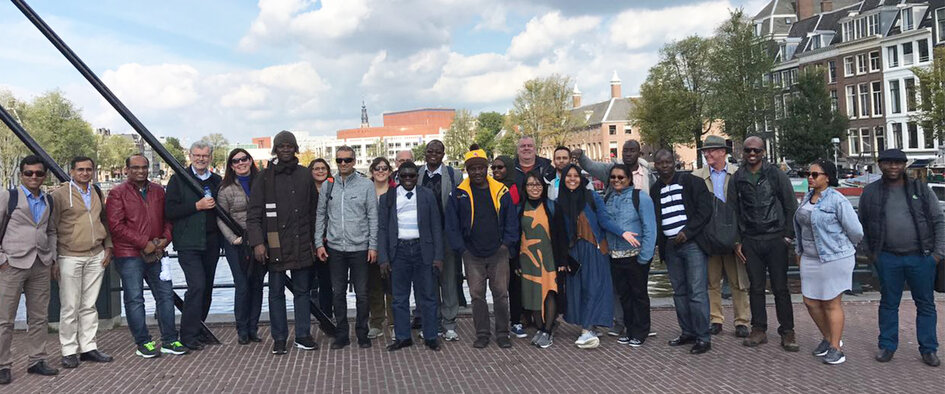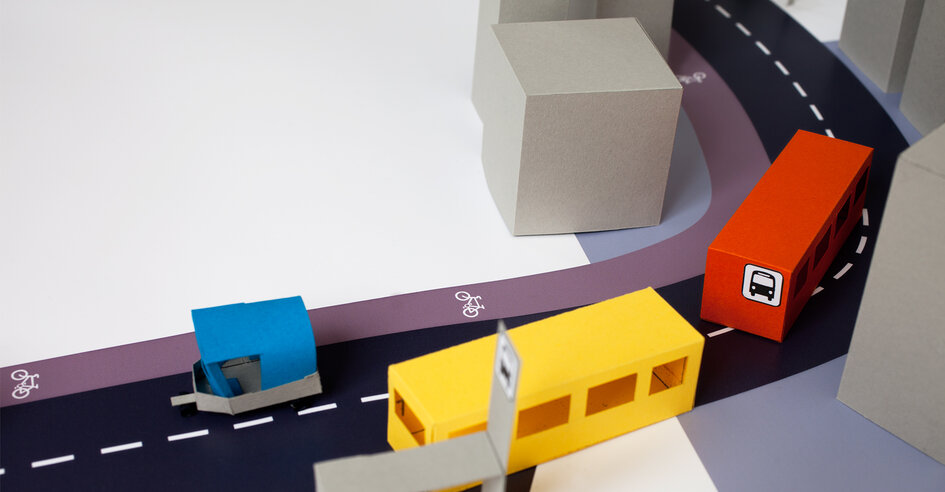Safety 2018 will take place on November 5-7, 2018 in Bangkok, Thailand. The Conference will be hosted by Thailand’s Ministry of Public Health, and co-hosted by the World Health Organization (WHO), the National Institute for Emergency Medicine (NIEM) and the Thai Health Promotion Foundation.
Submit now until 15 January 2018 (GMT+7)
The abstract should contain no more than 300 words that illustrate original research, synthesis, reviews, debates or documenting experience from the field on the subjects which have never been presented at any international conference.
The abstract can be either structured or unstructured format. Structured abstract should contain the following: Background, objective, methods, findings, conclusion and policy implications. Unstructured abstract should contain essential elements for which the international reviewers can judge the merits of the works.
Essential fields in the abstract cover the following
1. Title of the abstract
2. Name, position, affiliation institute, country of all author;
3. Specify which author is a co-responding author and which author will be the presenter if abstract is qualified and selected
4. Indicate needs for funding support or not [see detail in funding opportunities]
5. Main body of abstract, not beyond 300 words
6. Please indicate which sub-themes and key word(s) most related to your abstract
SUB-THEME 1: CROSS-CUTTING ISSUES (RELEVANT TO UNINTENTIONAL INJURY AND VIOLENCE)
1.1 Safety and non-violence in all policies
1.2 Injury surveillance and injury prevention research
1.3 Law, legislation and regulatory capacities
1.4 Policies and implementation on injury prevention and safety promotion
1.5 Multi-sectoral actions supporting injury prevention and safety promotion
1.6 Evidence for policies, data and statistics
1.7 Prevention, pre-hospital emergency medical services, services provisions (Accident and Emergency, trauma and critical care systems), psychosocial support and rehabilitation
1.8 Human right protection
1.9 Capacity building
1.10 Advocacy
1.11 Safety culture and risk management
1.12 Safety and injury in different settings e.g. occupational, labour, workplace, schools, home, leisure, disasters and mass emergencies, sport, transport safety, communities and public areas
1.13 Gender inequality
1.14 Alcohol related domestic violence, traffic injuries, self-harm and harms to others.
1.15 Preparedness and resilience (e.g. disaster, mass causalities, civil protection)
SUB-THEME 2: UNINTENTIONAL INJURY
2.1 Road traffic injury
2.2 Occupational safety
2.3 Burns and Fire Prevention;
2.4 Child and adolescent safety;
2.5 Consumer product safety and safety of services;
2.6 Falls in older people;
2.7 Home safety;
2.8 Prevention of intoxications;
2.9 Sport and recreation;
2.10 Safe Communities
2.11 Water safety and drowning prevention;
2.12 Other unintentional injuries
SUB-THEME 3: VIOLENCE
3.1 Violence-related injury: all types
3.2 Violence against women, female genital mutilation
3.3 Child maltreatment, implementation of Convention on Child Right
3.4 Youth violence
3.5 Abuse of elderly, person with disability, children, women, and other vulnerable population
3.6 Intimate partner violence
3.7 Sexual violence
3.8 Self-harm, suicide and effective suicide preventions
3.9 Implementation of Convention on Elimination of Discrimination Against Women
3.10 Self-inflicted violence
3.11 Collective violence
SUBMISSION INSTRUCTION
The closing date for submission of abstracts is 15 January 2018 (midnight, Bangkok Time)
All abstracts must be submitted electronically at the Safety 2018 Conference website: www.worldsafety2018.org Please follow the instructions indicated in the online submission system.
ABSTRACT GUIDELINES
All submitted abstracts will be reviewed by independent international experts based on the criteria which were approved by the 2018 Safety International Scientific Committee. The authors of the accepted abstracts will be invited to participate in the Safety 2018 Conference during 5th – 7th November 2018 in Bangkok, Thailand either as presenters in sessions or poster presentation.
For abstracts selected for oral presentation in Conference sessions, the author may be required to adjust the scope of their presentation to fit with the session objectives, content and format.
For abstracts selected for poster presentation, the secretariat will inform the guidelines for preparing the poster.
CONTACT CONGRESS SCIENTIFIC SECRETARIAT
If you have any question or comment, please contact the organizing committee at secretariat@worldsafety2018.org
VISIT THE SAFETY 2018 WEBSITE FOR MORE INFO
























